How to Build a Website Step by Step for Beginners

So, you want to build a website and get it online? You can do it, even if you have never created a website before. This step-by-step guide will show you how to build a website from scratch and get it online fast. You can set up your website from scratch and share it online with the world. With the right steps, you do not need to code. You just follow the step-by-step guide, and soon your site will be online for everyone to see.
Key Takeaways
First, decide what your website is for and what you want it to do. This will help you make good choices and help visitors understand your site.
Pick a short and easy domain name that matches your brand. Register your domain with a company you trust.
Choose a website builder or platform that fits your skills and needs. Visual builders are easy to use. CMS gives you more control.
Plan your website so it is easy to move around. Use templates to save time. Add important pages like Home and Contact.
Keep your website new and safe by adding your own content. Make it better for search engines. Test it before you launch. Update it often.
Step-by-Step Guide
Purpose & Goals
You should know why you want a website before you start. Ask yourself what you want to do with your website. Maybe you want to show your art, sell things, or teach others. When you know your website’s purpose, each step gets easier. Clear goals help visitors find what they need. This makes their visit better and keeps them from getting confused. You also have a better chance to do well online. Websites with one main goal often get more people to do what you want. You can see what works by setting goals and checking your progress. Many people use Google Analytics to see how their website is doing.
Tip: Match your website’s goals with what you want to do. If you want to sell, make buying simple. If you want to teach, keep your content easy and useful.
Audience
Now, think about who will visit your website. Your audience helps you pick your design, words, and content. Start by asking who your visitors are. Think about their age, what they like, and where they live. Studies say 68% of people want websites to feel personal. Marketers say knowing your audience helps you connect and build trust. Big companies like Nike use this to talk to different groups. Here is a quick table with some facts:
Evidence Type | Data / Statistic / Example |
|---|---|
Consumer Expectation | 68% of consumers expect personalized experiences |
Marketer Insight | 82% of marketers value high-quality customer data |
Audience Knowledge | 42% of marketers know their audience's demographic information |
Segmentation Benefit | Segmentation can increase revenue by up to 760% |
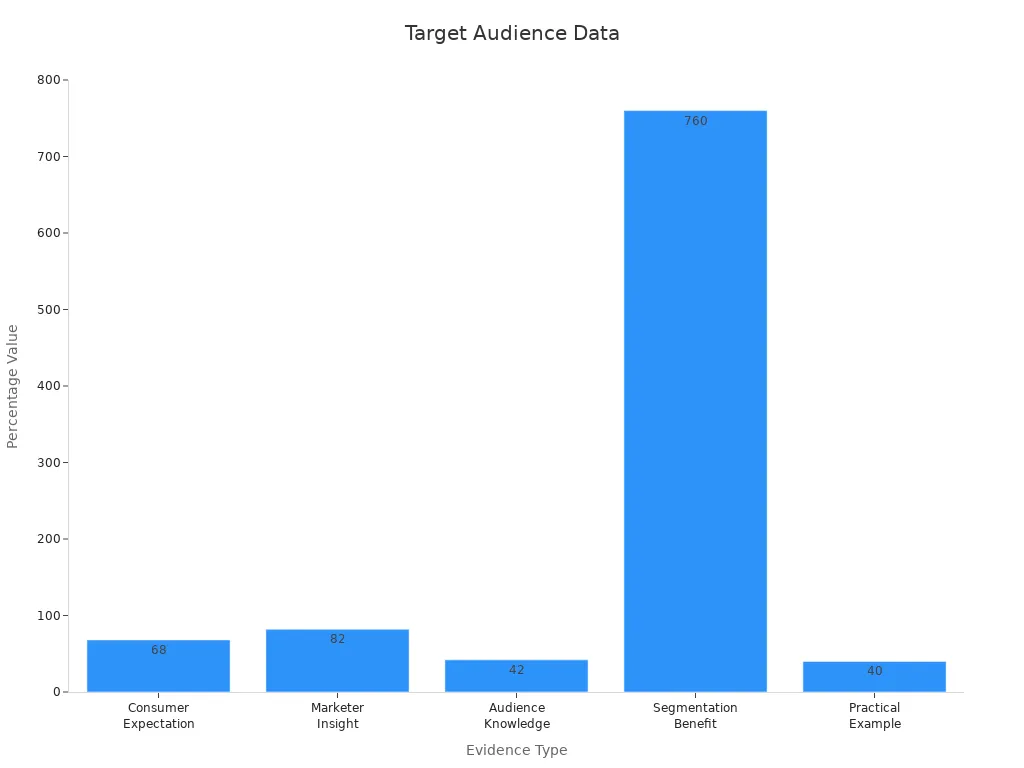

Planning
Let’s plan your website now. Planning keeps you organized and helps you avoid mistakes. Make a simple list of what you want on your website. Think about pages like Home, About, and Contact. Many developers say there is no one right way to plan. Stay flexible and focus on what matters most to you. Build the most important parts first, like your main content or shop. You can add more later if you want. Good planning saves time and makes your website easier for people to use.
Note: You do not have to follow strict rules. Just remember your goals and audience, and you will be ready to launch your website.
Domain Name

Choose Name
Picking the right domain name is one of the most important steps in building your website. Your domain is your address on the internet. It is how people find you and remember you. When you choose a custom domain name, you set the tone for your brand and make your site stand out.
Here are some reasons why your choice matters:
A custom domain name helps you build a strong brand image. People remember short and catchy names.
The right domain can boost your SEO. Search engines like Google look at your domain when ranking your site.
You protect your business identity. If you do not claim your name, someone else might take it.
Big names like Facebook.com and YouTube.com show how a smart domain choice can lead to online success.
Easy-to-spell and easy-to-type names help visitors find you without mistakes.
A poor domain choice can confuse visitors or even cause legal trouble.
Try to keep your custom domain name short, simple, and easy to say. Avoid numbers and hyphens. Think about your website’s purpose and audience. Make a list of ideas and check if they are available.
Tip: Treat your domain name like your company name. Take your time and pick one that fits your goals.

Register Domain
Once you have your perfect name, you need to pick and register your domain name. This step makes your website official. Use a trusted domain registrar like Namecheap, GoDaddy, or Google Domains. These companies help you secure your custom domain name and keep it safe.
Follow these steps to pick and register your domain name:
Search for your chosen name on a registrar’s website.
Check if it is available. If not, try another option from your list.
Register your domain for at least one year. Many people choose longer to avoid losing it.
Fill in your contact details and pay the fee.
After you pick and register your domain name, you own it. You can now connect it to your website builder or hosting service. This is a big step toward getting your site online!
Website Builder or Platform
When you start building your site, you must pick a website building platform. This choice affects how your website will work and look. Let’s check out the main options so you can choose what works for you.
Visual Builders
Visual website builders are very easy for beginners to use. You can drag and drop things to build your site. Wix, Squarespace, Canva, and Webflow are popular platforms. Studies say Squarespace is simple to use and has smart AI tools. Wix is used by over 250 million people, but it can be harder to learn. Hostinger and Site123 are also easy to set up and have good support. Many website builders give you hosting and domain options. This helps you get your site online quickly. It is helpful if you want to start an ecommerce website or a blog without trouble.
Tip: Visual builders are great if you want to sell things, open an ecommerce shop, or share your ideas fast.
CMS Options
If you want more control, you can use a CMS like WordPress. A CMS lets you change your content and design more freely. WordPress is the most used CMS and is good for blogs, shops, and business sites. You can add plugins for ecommerce, SEO, and other features. Many CMS platforms also have hosting and domain support. This makes it simple to put your site online.
Manual Coding
Manual coding gives you the most control, but it is harder and takes longer. You need to know HTML, CSS, and JavaScript. This is best if you want a special ecommerce site or unique features. Here is a table to compare website builders and manual coding:
Factor | Website Builders | Manual Coding |
|---|---|---|
Technical Knowledge | Minimal | High |
Learning Curve | Easy | Steep |
Time to Build | Hours to days | Weeks to months |
Customization | Limited | Full control |
Cost | Lower | Higher |
Maintenance | Easy | Difficult |
When you pick your website building platform, think about your goals. If you want to run an ecommerce shop or get online fast, a website builder is usually the best pick.
Hosting & Setup

Choose Hosting
Your website needs a place to stay online. This is called hosting. Hosting is like your website’s house. It stores your website builder and files. When you pick a hosting provider, check for 99.9% uptime. This means your site will almost always work. If your site goes offline, you can lose visitors and money. A Gartner survey says IT downtime costs $5,600 each minute. People want websites to load fast. Google says 53% leave if it takes over 3 seconds.
Here’s a table to help you compare what is important:
What to Look For | Why It Matters |
|---|---|
Uptime Guarantee | Keeps your site online and reliable |
Fast Loading Speeds | Makes visitors happy and helps your site rank better |
24/7 Support | Solves problems any time, day or night |
Security Features | Protects your site from hackers and malware |
Easy Dashboard | Lets you manage your website builder without stress |
Automatic Backups | Keeps your content safe if something goes wrong |
Many website builder platforms give you hosting. If you want more control, try Bluehost or SiteGround. Always read reviews before you choose.

Connect Domain
After you get hosting, you need to connect your domain. This step links your website builder to your web address. Most hosting providers have easy guides for this. Connecting your domain makes your site look professional. It also helps people find you online.
A custom domain gives you more than just a web address. You can make email addresses like hello@yourwebsite.com. This looks more professional. Hosting plans often have security features like SSL certificates and firewalls. These keep your site safe and help visitors trust you. Good hosting lets you add more domains or grow your site. Support teams can help you fix problems fast.
Note: Some website builder services give free domains. These may only last as long as your hosting. If you want full control, register your domain by itself.
Install Platform
Now you can install your website builder or content management system. Many hosting providers have one-click installs for popular tools like WordPress, Wix, or Squarespace. This makes setup fast and simple. Pick your platform, follow the steps, and start building.
If you use a manual website builder, you may need to upload files or set up databases. Most dashboards show you how to do this. When you finish, your website builder is ready to use. You can now design and add content. Check for automatic backups and security before you go live.
Tip: Pick a website builder that fits your skills. Visual builders are good for beginners. Advanced users may want more control.
Build a Website Design
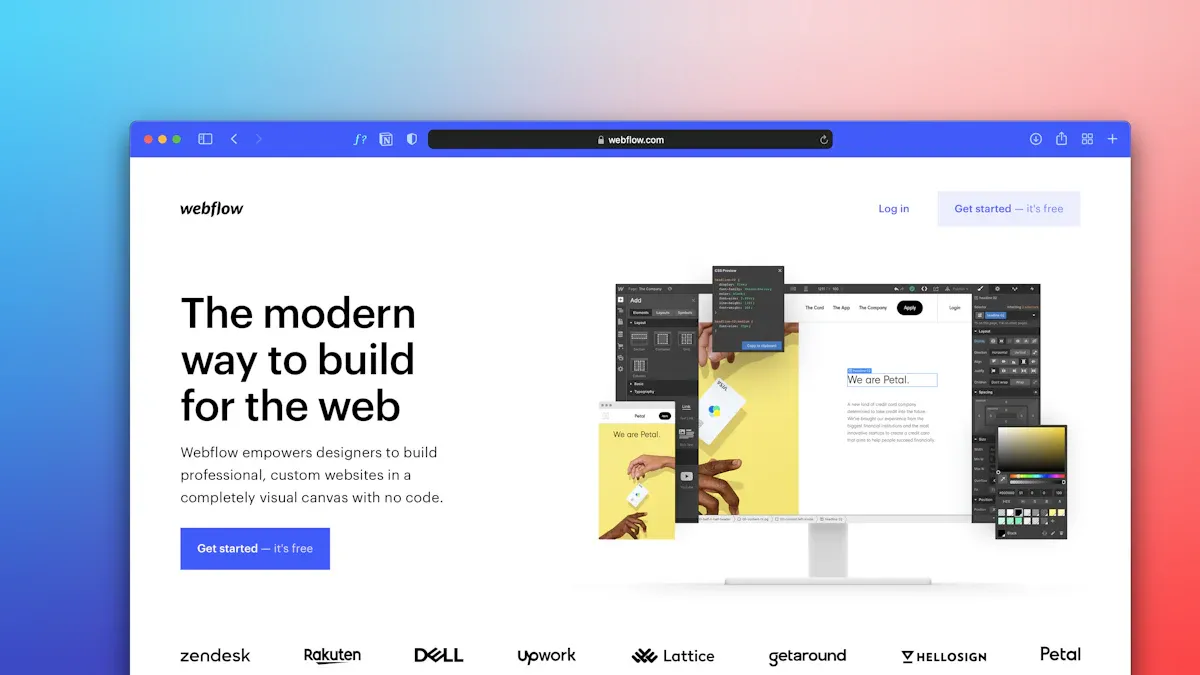
Templates
You do not have to start from scratch when you build your website. A website template gives you a ready-made design. You can pick a website template that matches your style and purpose. Many platforms offer templates for blogs, shops, or portfolios. These templates help you save time and keep your site looking professional.

You can use templates to design simple signup flows or clear menus.
Many website template options let you test your site’s look before you go live.
Tip: Customize your website template to fit your needs. Change colors, images, and text so your site feels unique.
Experts say you should update templates often and keep good records of changes. This helps your website stay fresh and follow new rules. Templates also make it easier for you to get feedback and improve your site.
Site Structure
A good site structure helps visitors find what they need fast. Think of your website like a map. You want clear paths from the homepage to every other page. Use simple menus and clear labels. This makes your site easy to use and keeps people coming back.
Add a navigation bar at the top or side.
Use categories and subcategories to group similar pages.
Make sure every page is easy to reach from the homepage.
Studies show that websites with clear structure and easy navigation keep users longer. People like sites with simple layouts, visible links, and search features. When you organize your site well, you also help search engines find your content. This can boost your site’s ranking and bring in more visitors.

Essential Pages
Every website needs a few key pages. These pages help users trust you and find what they want. The most common pages are Home, About, Contact, and sometimes a Blog or Shop. Each page should load quickly and look clean.
Statistic Description | Statistic Value / Impact |
|---|---|
Users judging site quality based on navigation and layout | |
Shoppers abandoning purchase due to poor UX | 70% |
Online shoppers less likely to revisit after poor UX | 88% |
Businesses with 10-15 landing pages see conversion increase | 55% |
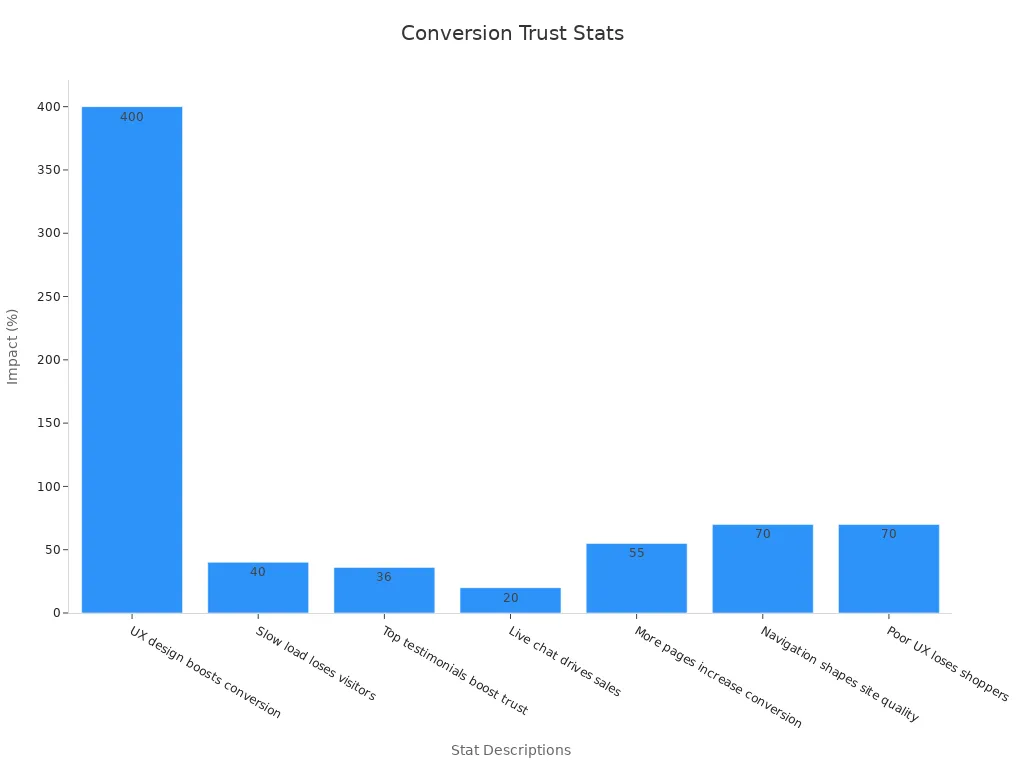
Almost 70% of users judge your site by how easy it is to use. If your pages are slow or hard to find, people may leave and not come back. Make sure your essential pages are simple, fast, and easy to read. This builds trust and helps your website succeed.
Create a Website Content
Add Content
It is time to add your own content. This is where you share your ideas or products. You can fill your website with things that match your goals. Make sure your content speaks to your audience. Start with the basics first. Write a welcome message for your homepage. Add photos or videos to show what you do. If you have a shop, upload pictures of your products. For a blog, write your first post.
Think about what your visitors want to see. People like content that feels personal and helpful. Research shows that special website content brings more visitors. It also keeps them interested. Here are some ways to make your content better:
Use easy words and short sentences.
Add images, videos, or a quiz to make your site fun.
Write for your audience’s needs and interests.
Update your site often with new articles or products.
Tip: Adding your own content is not just about words. Use photos, graphics, or polls to keep things fun and fresh.

Customize
Customizing your site helps you connect with visitors. You can change colors, fonts, and layouts to match your style. Personalization makes your website feel special and welcoming. When your website fits your audience, you build trust. This also helps people stay longer.
Check out these stats on how personalization helps websites:
Metric / Statistic | Impact / Percentage | Description |
|---|---|---|
Customer frustration without personalization | 74% | Users get frustrated when sites are not personalized |
Easier navigation expected due to personalization | 75% | People want sites to be easier to use with personalization |
Companies with increased conversion rates | 94% | Most companies see more sales with personalized content |
Sales increase from personalized recommendations | 112% | Sales can more than double with tailored suggestions |
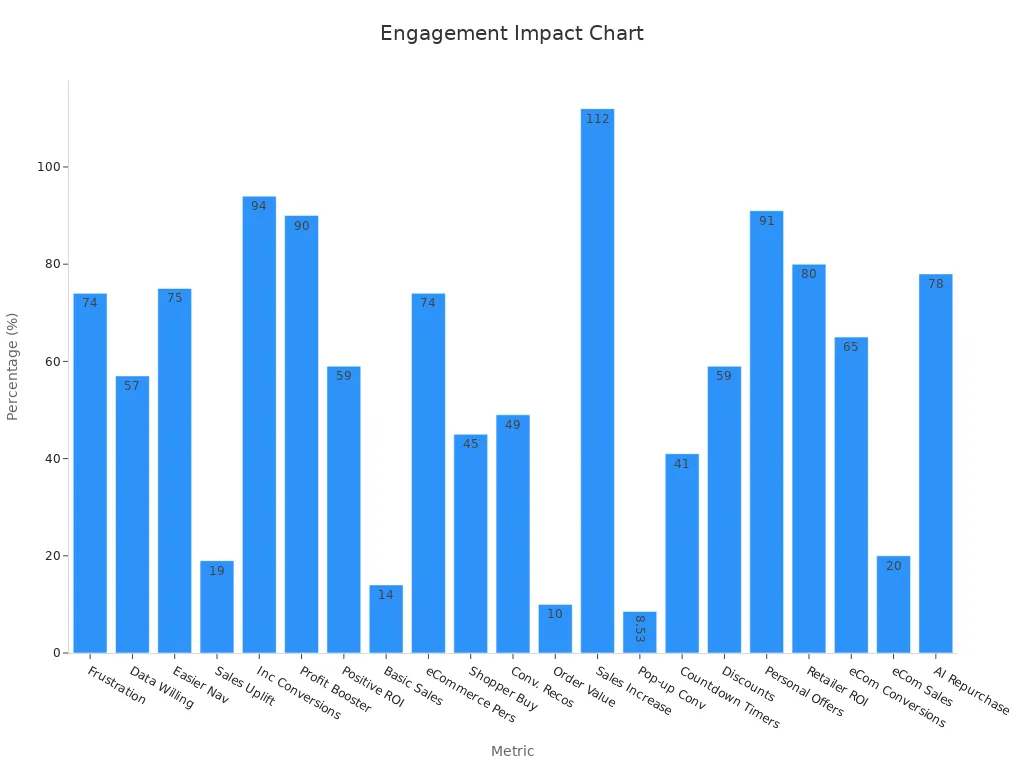
Adding your own content and making it fit your visitors can help your site grow. You help people find what they need. They are more likely to come back. If you want your website to stand out, focus on fun content. Make it personal. This way, your site can grow with you.
SEO & Launch
Optimize SEO
You want people to find your website online. To do this, you need to optimize for search engines. Start with simple steps. Use clear titles and short, clean URLs. Write content that answers your visitors’ questions. Add keywords that match what people search for. Try to update your website often. Golfer Geeks saw a 190% growth by keeping their content fresh. MESHKI grew by 589% in three months by using on-page SEO and product schema. You can also target long-tail keywords. These are longer search phrases with less competition. Explore travel sites grew by focusing on these keywords.
Moz found that almost all top search results have at least one external backlink. Try to get other websites to link to yours. This helps you optimize for search engines and move up in rankings. Always follow Google’s Search Essentials. Avoid keyword stuffing and keep your site structure simple. Secure your site with HTTPS and make sure it loads fast. These steps help you optimize for SEO and reach more people online.

Mobile Ready
Most people visit websites on their phones. You need to make your site mobile ready. A mobile-friendly website looks good and works well on any device. Check out these numbers:

Statistic Description | Value / Insight | Implication for Mobile-Ready Websites |
|---|---|---|
Mobile web traffic share in 2024 | Approximately 59.99% | Majority of web traffic comes from mobile, necessitating mobile optimization |
Mobile users' share of web traffic | 79% | Mobile users dominate web traffic, reinforcing mobile-first design importance |
Conversion rates (mobile vs desktop) | Mobile: 71%, Desktop: 29% | Higher mobile conversion rates emphasize need for seamless mobile UX |

You want your website to load quickly and look great on phones and tablets. Use large buttons and easy-to-read text. Test your site on different devices before you go online.
Test & Publish
Before you test and launch your website, check everything works. Here’s a quick checklist:
Test your website on different browsers and devices.
Make sure forms, links, and shopping carts work.
Check all third-party tools and plugins.
Create a backup of your website.
Confirm your site is secure with SSL.
Review your privacy and cookie policies.
Crawl your site to find errors.
Audit your SEO settings.
You can also ask friends to try your site. They might spot problems you missed. After you test and launch your website, share it on social media. Tell your friends and family. Join online groups and forums to promote your site. The more you share, the more people will find you online.
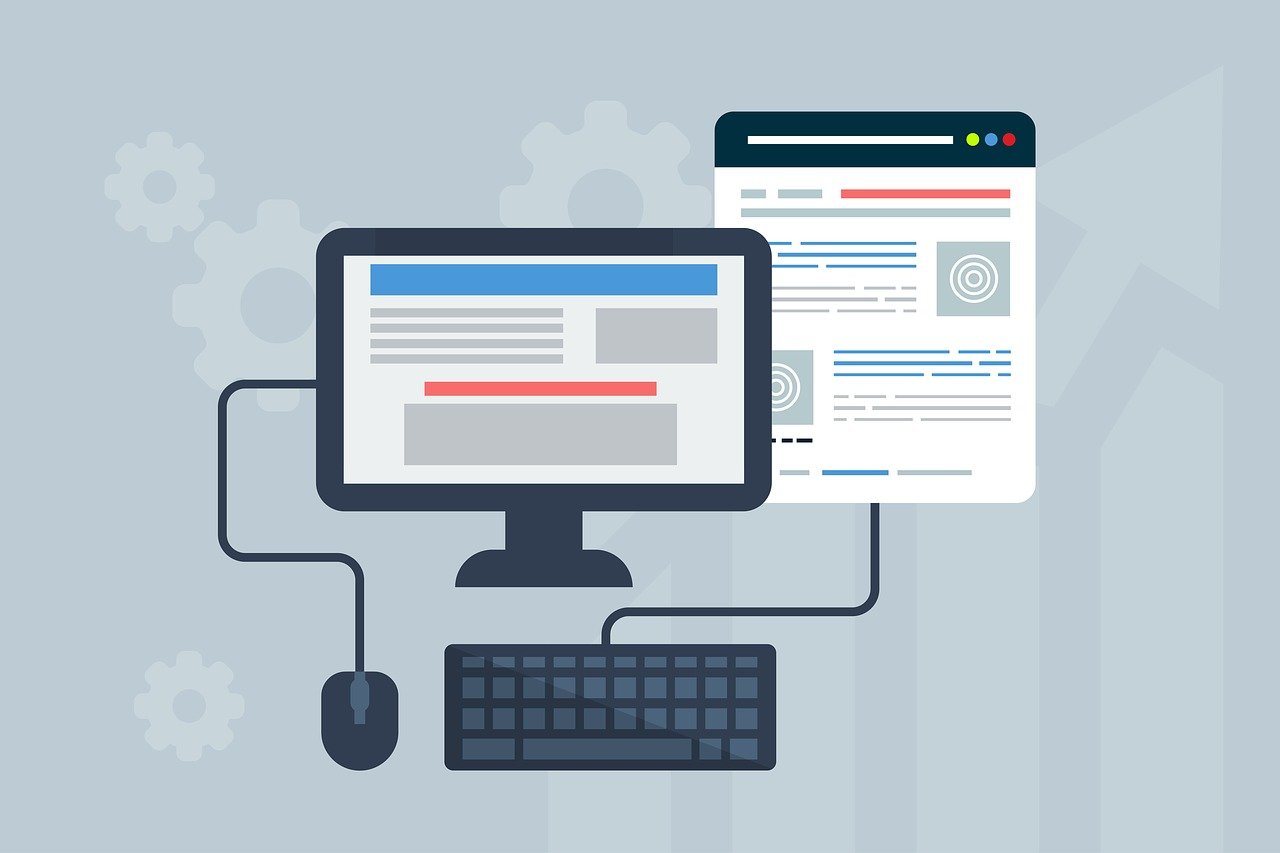
Maintain & Promote
Updates

You built your ecommerce site and launched it online, but your work does not stop there. To promote and maintain your website, you need to keep it fresh and secure. Regular updates help you stay ahead of problems and keep your visitors happy. When you update your ecommerce site, you fix bugs, add new features, and improve speed. This makes your site safer and faster for everyone.
Security matters a lot. Experts say that regular updates and monitoring help you spot risks early and fix them fast. Tools that watch your site 24/7 can send instant alerts if something goes wrong. This keeps your ecommerce business safe from hackers and helps you avoid downtime. Using strong security tools like HTTPS, firewalls, and regular audits protects your site from new threats. You also want to keep your content and design fresh. People leave sites that look old or load slowly. Fast load times and new content boost your website traffic and help you rank higher online.
Here are some reasons to keep updating:
You learn what your visitors like by checking how they use your site.
Fresh content and design keep people coming back.
Fast sites keep bounce rates low and website traffic high.
Good updates help your ecommerce site show up in search results.
Fixing broken links and errors keeps your site working well.
Tip: Set a reminder to check your ecommerce site every week. Small updates make a big difference over time.

Marketing
You want people to find your ecommerce site online. To promote and maintain your website, you need smart marketing. Many brands use different strategies to get more visitors and sales. Let’s look at what works.
Company / Strategy | What They Did | Results |
|---|---|---|
Switch | Used search and Facebook ads, tested different ideas | |
Cognism | Focused on SEO and backlinks | More demo requests and deals |
Apple | Ran a user photo campaign on social media | |
Dove | Used micro-influencers for social campaigns | Over 1 billion impressions |
You can try these ideas for your ecommerce site:
Run ads on Google or Facebook to reach more people online.
Use SEO to help your site show up in search results.
Work with influencers or ask customers to share their stories.
Send emails to remind shoppers about their carts or new products.
Tracking your results matters. Watch your website traffic, sales, and customer feedback. This helps you see what works best to promote and maintain your website. When you keep improving, your ecommerce business grows and stays strong online.

You now know how to build a website from scratch and get it online. Just follow each step, and you will see your site live online soon. If you want to go further, try adding advanced features or new marketing ideas. These can help your website grow and keep visitors coming back.
Better features and smart marketing boost user engagement and keep your site running smoothly.
Regular updates and strong support help your website stay fast, safe, and trusted online.
Ready to build a website? Start today and watch your ideas come to life!
FAQ

How much does it cost to build a website?
You can start a website for as little as $5 to $20 per month. The price depends on your domain, hosting, and any extra features you want. Some platforms offer free plans, but you may see ads or have limited options.
Do I need to know how to code?
No, you do not need to know how to code. Website builders like Wix or Squarespace let you drag and drop everything. You can create a great site just by following simple steps.
Can I change my website after it goes live?
Yes! You can update your website anytime. Add new pages, change pictures, or fix mistakes. Most platforms make editing easy, so you can keep your site fresh.
How long does it take to build a website?
You can build a simple website in a few hours. If you want more pages or special features, it might take a few days. Take your time and make sure everything looks good before you publish.
What if I need help while building my website?
Most website builders offer support through chat, email, or phone. You can also find guides, videos, and forums online. Do not be afraid to ask for help if you get stuck.

TangBuy: A Smarter Way to Dropship in 2025
If you're looking to stay competitive with dropshipping in 2025, speed and trend-awareness are key. TangBuy helps you stay ahead with real-time product trends, fast fulfilment, and factory-direct sourcing. With over 1 million ready-to-ship items, 24-hour order processing, and seamless Shopify integration, TangBuy makes it easier to test, scale, and succeed in today's fast-moving eCommerce landscape.
See Also
Complete Roadmap To Starting A Dropshipping Venture In 2025
Top Five Ways To Find Trending Items For Your Store
Profitable Dropshipping Concepts To Try In The Year 2025
Twenty-Five Affordable High-Margin Items To Grow Your Business

